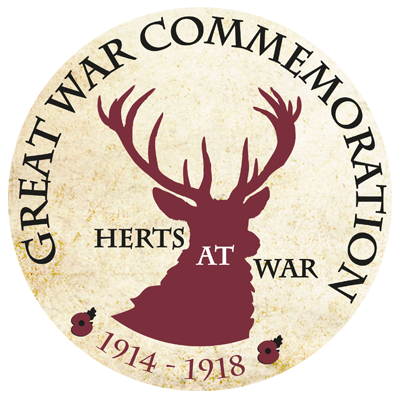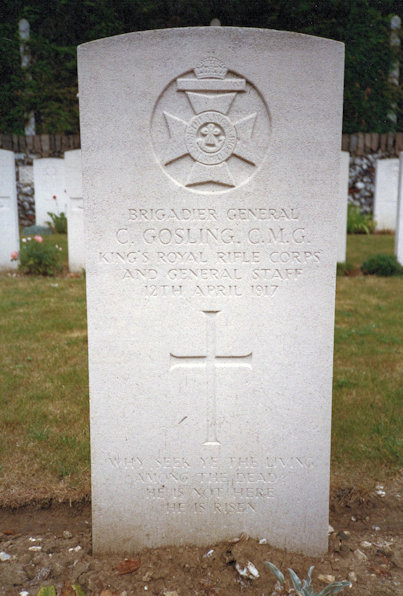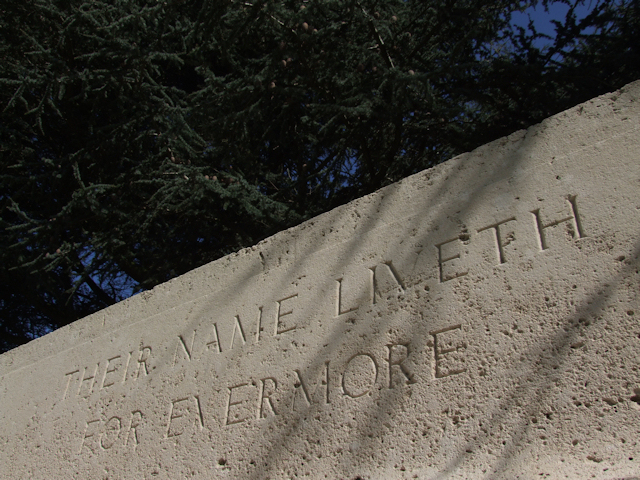Name
Charles Gosling
Conflict
First World War
Date of Death / Age
12/04/1917
48
Rank, Service Number & Service Details
Brigadier General
General Staff
Cdg. 10th Infantry Brigade
Awards: Service Medals/Honour Awards
Not Yet Researched
Companion of St. Michael and St. George, Three times Mentioned in Despatches
Cemetery/Memorial: Name/Reference/Country
HERVIN FARM BRITISH CEMETERY, ST. LAURENT-BLANGY
C. 6.
France
Headstone Inscription
WHY SEEK YE THE LIVING AMONG THE DEAD? HE IS NOT HERE HE IS RISEN
UK & Other Memorials
Great Offley Village Memorial
Pre War
Brigadier General C.M.G. Born Offley June 1868 and educated at Eton. He was commissioned into the Royal Irish Rifles on the 22nd August 1888 and transferred to the King's Royal Rifle Corps the following November as a 2nd Lieut. He served nearly the whole of his service abroad. He was aboard the Royal Indian Navy Marine Troopship Warren Hastings when it was wrecked off the island of Reunion on the 14th January 1896. He was awarded the Silver Medal of the Royal Humane Society for twice attempting to save a man who had been washed overboard. Promoted to Lieutenant on 25th February 1891 and to Captain on 5th February 1897. In Mounted Infantry during South African War. In Natal 1899 and action at Rietfontein and the defence of Ladysmith. Served also in Cape Colony and Orange River Colony. On the 23rd April 1900 he was invalided home to Offley suffering from dysentery. He was a Captain when he was appointed Adjutant of the 5th Battalion on the 26th June 1901. D.A.G. until May 1904.
In 1912 he took command of the 3rd K.R.R.C. in India.
His wife was Mrs V.R. Gosling of Marlingford Hall, Norwich and his father was Francis Gosling.
Wartime Service
In 1914 took the Battalion to France and served with it until he was wounded in February 1915 in an attack on St Eloi. He returned to France in the following May and was given command of the 7th Infantry Brigade which he commanded for twelve months until he was severely wounded in May 1916. In this year he was made a C.M.G. Once again he returned to France, in December 1916 this time to command the 10th Infantry Brigade. In rank he was a Brigade Commander in 1915 with the temporary rank of Brig. General and the substantive rank of a Colonel.
At 6.00pm on the 10th April 1917 Charles was in command of the 10th Brigade of the 4th Division (Major General the Hon. W. Lambton) of the Third Army (General Sir Edmund Allenby). He received an order from Lambton to attack the Chemical Works and Greenland Hill the following morning. This was from a position to the east of Arras, immediately north east of Fampoux moving just south of east. The Brigade Major, Capt Hedworth Fellowes M.C. included in the orders "At 10.00am Seaforths will advance in fours down road to crossroad, then u sunken road to Hyderabad Redoubt". Unfortunately no one had told him that the road was not sunken for 50 yards. Also no one told the Seaforths or the 1st Royal Irish Fusiliers that the Chemical Works was strongly defended. No one had seen it and no one had surveyed it or was aware of the open plain over which they had to advance or that the artillery support was to be minimal. The two old regular army Battalions were mown down by 30 machine-guns. German accounts said the attack was "characterised by an exhibition of true British tenacity".
The failure of the attack resulted in the collapse of the whole 4th Division attack, as the tanking Brigades could not make headway against the machine-guns. Lambton was furious and in spite of 10th Brigade having lost 1,000 out of its 1,600 men, ordered them to attack again immediately. Gosling now sent for artillery support to bombard the Chemical Works and ordered the Seaforths and the Ist Royal Irish Fusiliers to attack again, not realising that he longer had a Brigade. By the time the order arrived there were no Seaforths left and very few Fusiliers. It was a classic example of the bull- headedness which prevailed among the Staff and was used afterwards to illustrate the profligate use of men's lives. This attack was on the 11th April 1917. Without crushing artillery support and proper reconnaissance the infantry were doomed. The following day the South Africans were given orders to make an almost identical attack that had exactly the same result and almost annihilated the South African unit. On the 12th April 1917 Fellowes was killed by a sniper and Charles Gosling by a shell. They are buried side by side.
He is buried at Mindel Trench British Cemetery, St Lawrent-Blagy, France, just west of Arras towards Athies and south of Vimy Ridge and is the time of the first battle of the Scarpe.
Additional Information
His widow ordered his headstone inscription "WHY SEEK YE THE LIVING AMONG THE DEAD? HE IS NOT HERE HE IS RISEN".
Acknowledgments
Jonty Wild



